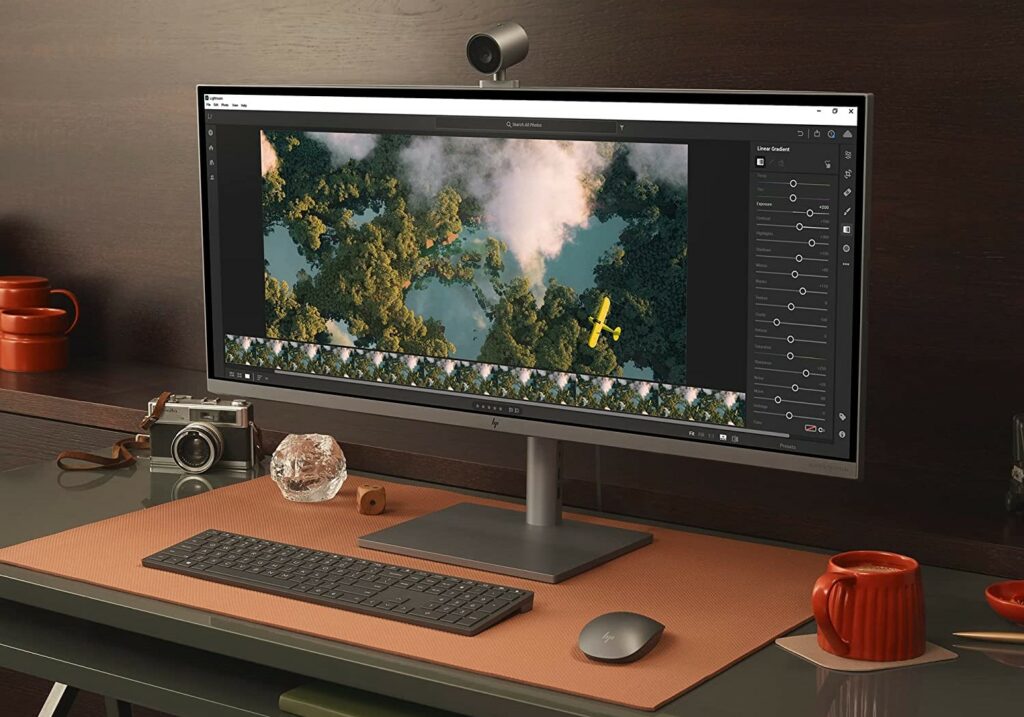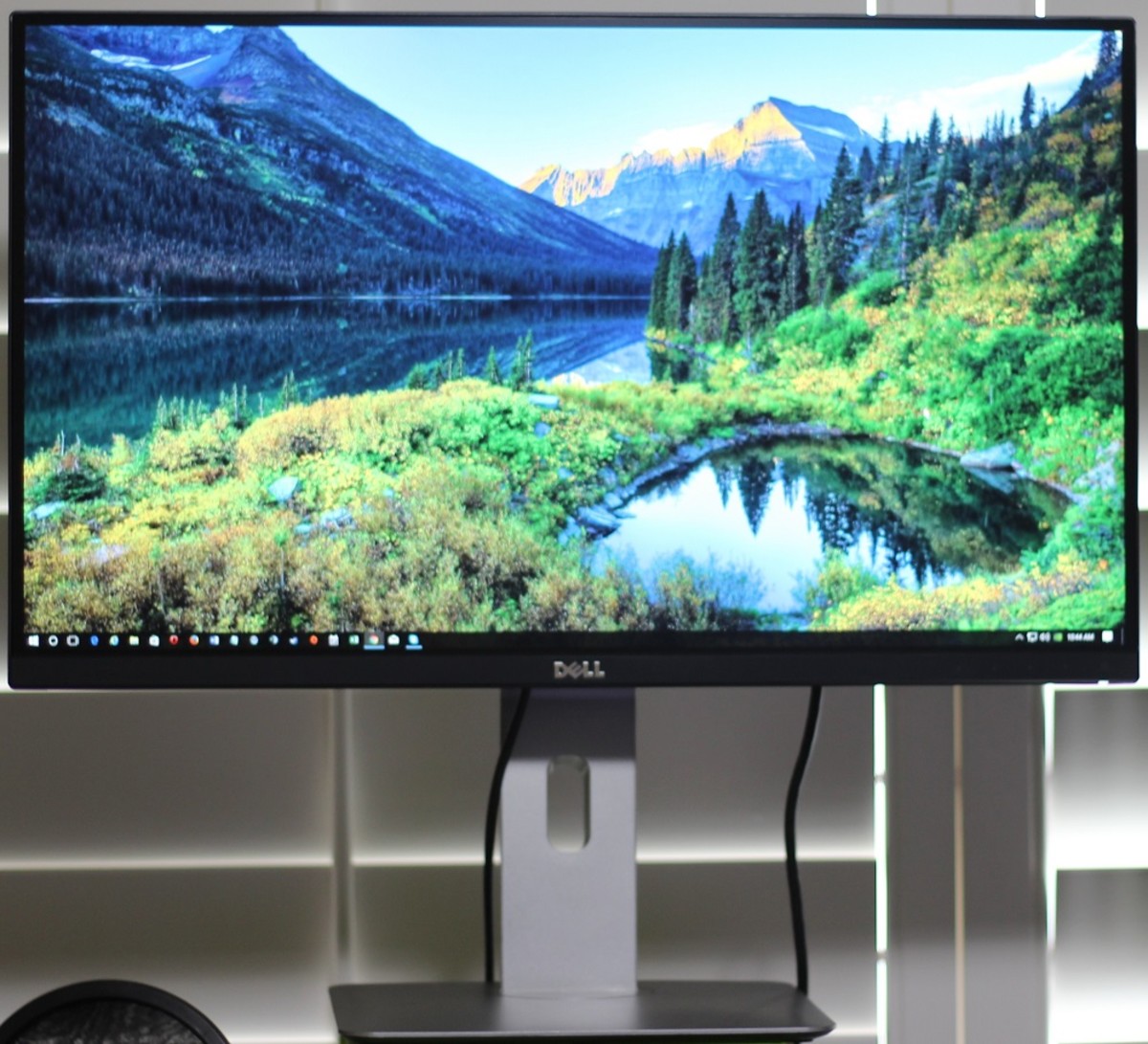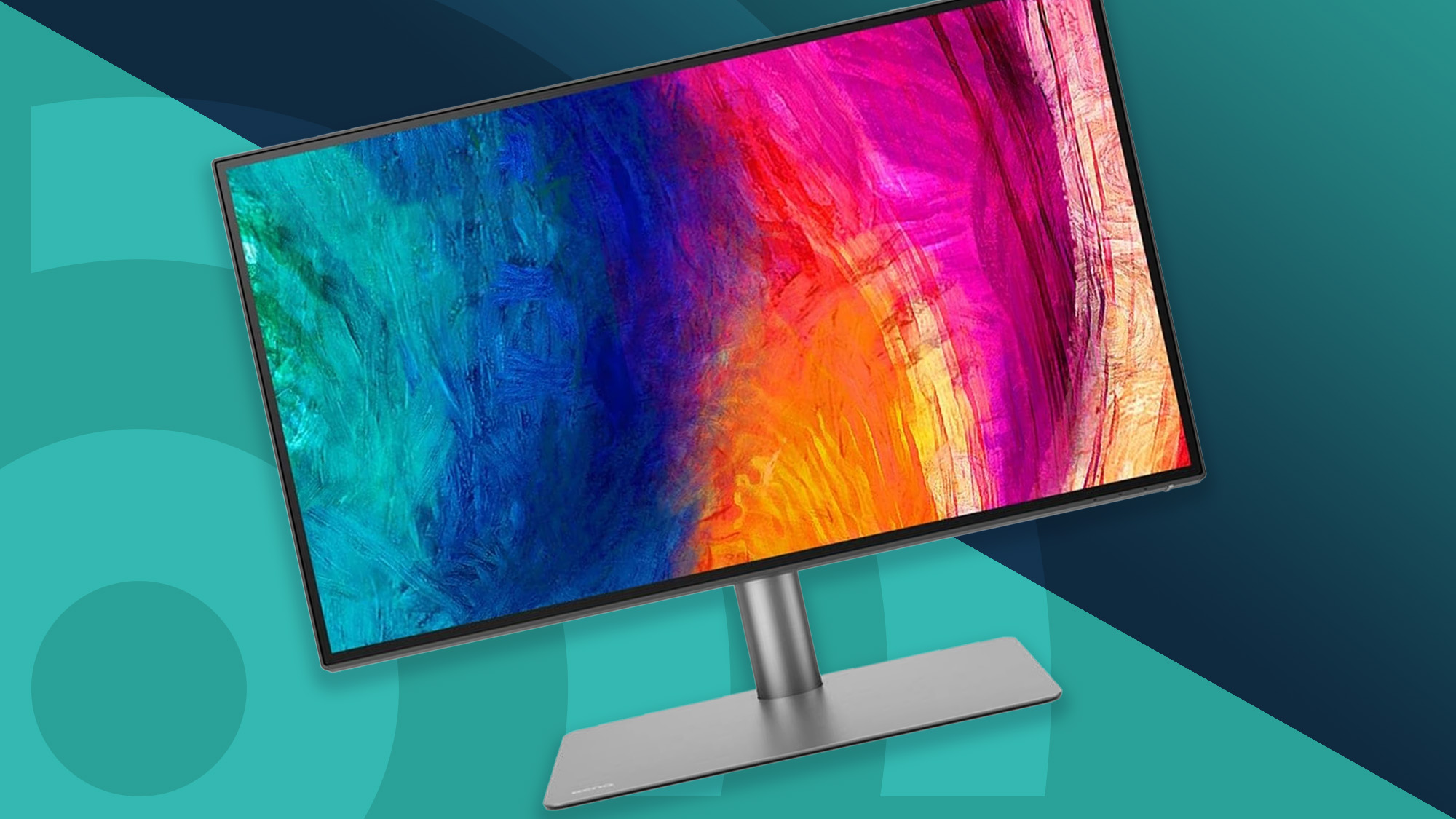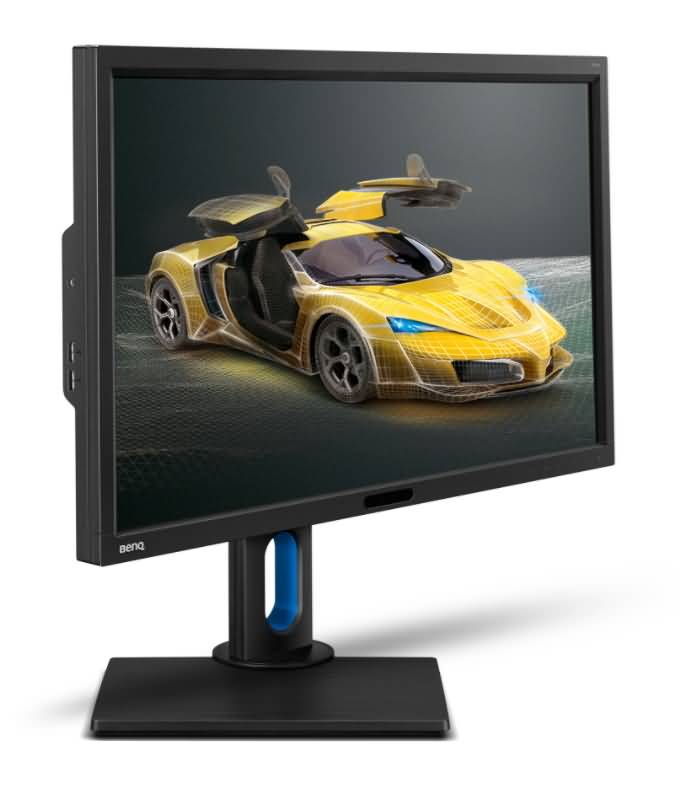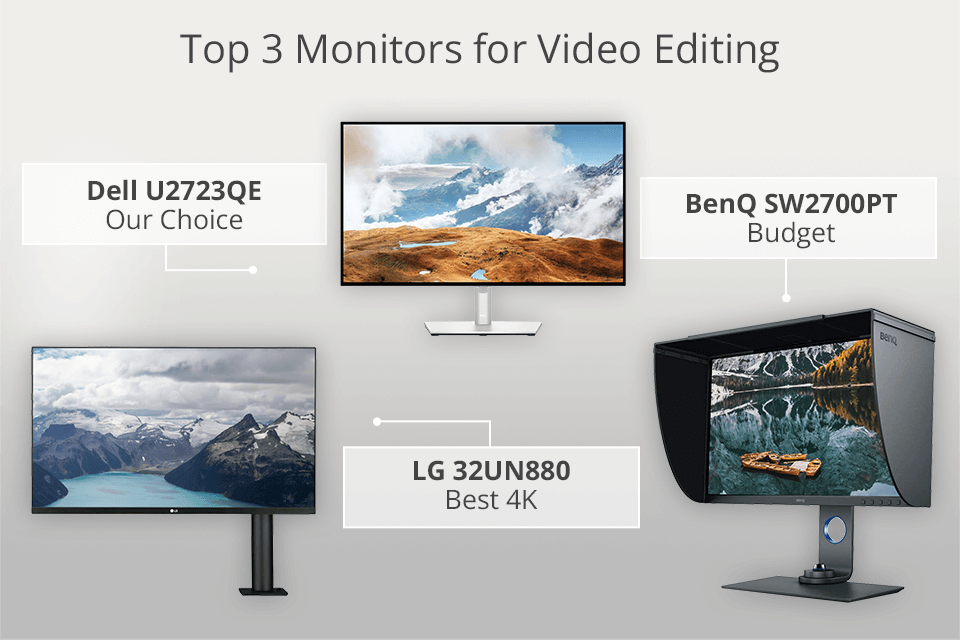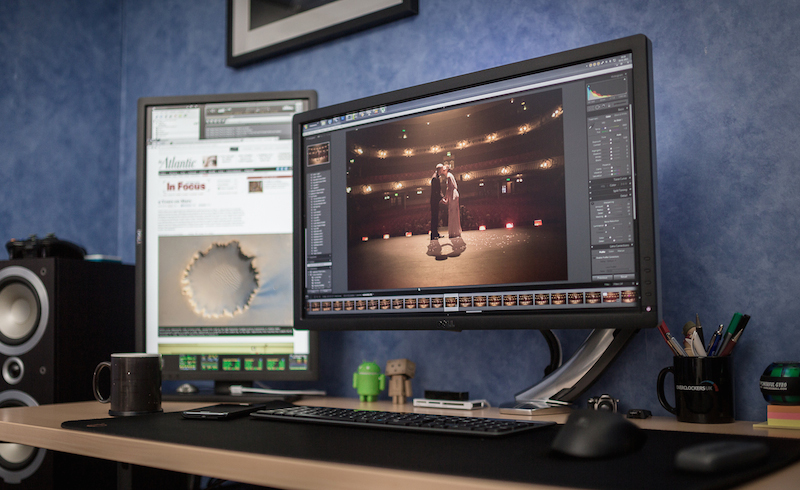Computer Monitor For Video Editing
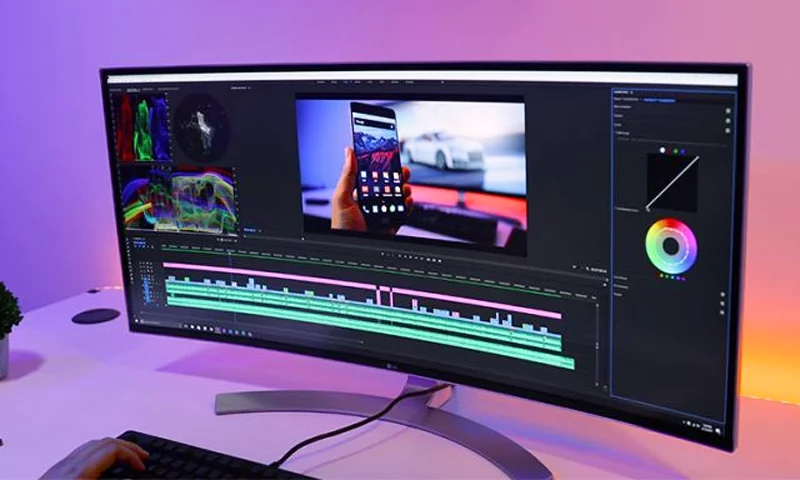
The demands of professional video editing are pushing monitor technology to new heights. Recent advancements are focused on delivering unprecedented color accuracy, higher resolutions, and increased refresh rates. These features are becoming increasingly vital for editors striving for visual perfection.
At the heart of this evolution is the need for monitors capable of accurately representing the full spectrum of colors used in modern video production. This ensures what editors see on screen translates precisely to the final product. It's a critical aspect frequently overlooked by general consumers.
The Need for Precision: Color Accuracy and Resolution
For video editors, color accuracy is paramount. Monitors are required to display colors true to industry standards like sRGB, Adobe RGB, and DCI-P3.
These standards define specific color gamuts that editors rely on for consistent results. Monitors with wide color gamut coverage minimize the risk of color discrepancies between the editing suite and the final output seen by viewers.
Coupled with color accuracy is the demand for higher resolutions. 4K (3840 x 2160) is quickly becoming the standard, offering editors significantly more screen real estate and detail for managing complex timelines and visual effects.
Some professionals are even moving towards 5K (5120 x 2880) and 8K (7680 x 4320) monitors to future-proof their workflows. Higher resolution enhances clarity and precision in post-production.
Key Features and Technologies Driving Innovation
Beyond resolution and color, several key technologies are shaping the landscape of video editing monitors. These advancements cater specifically to the needs of the industry.
High Dynamic Range (HDR) support is increasingly important, enabling editors to work with a wider range of luminance levels. This is essential for creating content that looks vibrant and realistic on HDR-enabled displays.
Refresh rates are also a factor, especially for editors working with fast-paced action sequences or visual effects. While not as crucial as color accuracy, a refresh rate of 60Hz or higher is generally recommended for a smooth editing experience.
Monitor Manufacturers Respond to Pro Demands
Several monitor manufacturers are actively developing and releasing displays designed specifically for video editing professionals. Companies like Dell, BenQ, Eizo, and Apple are at the forefront.
Dell's UltraSharp series offers models with exceptional color accuracy and wide color gamut coverage. Their monitors cater to a range of budgets and needs.
BenQ is known for its DesignVue series, featuring monitors calibrated to meet professional color standards. These models are frequently praised for their value and performance.
Eizo produces high-end monitors renowned for their exceptional image quality and color accuracy. Eizo's offerings are often favored by color grading professionals.
Apple's Pro Display XDR is a high-end option with exceptional brightness and color accuracy. It's designed to seamlessly integrate with the Apple ecosystem.
The Impact on the Video Editing Workflow
The availability of high-quality monitors significantly impacts the video editing workflow. Accurate color representation reduces the need for constant corrections and adjustments.
Higher resolutions allow editors to see more detail and manage complex projects more effectively. This leads to increased efficiency and productivity.
Ultimately, these advancements empower video editors to create content with greater precision and confidence. It allows them to deliver a superior viewing experience for audiences.
The ongoing evolution of monitor technology is pushing the boundaries of visual storytelling. It offers editors the tools they need to bring their creative visions to life.
"Investing in a good monitor is one of the most important decisions a video editor can make," says John Smith, a freelance video editor. "It directly impacts the quality of my work and my overall efficiency."
The trend towards higher resolution, more accurate color, and better overall image quality is set to continue. This benefits video editors at all levels.


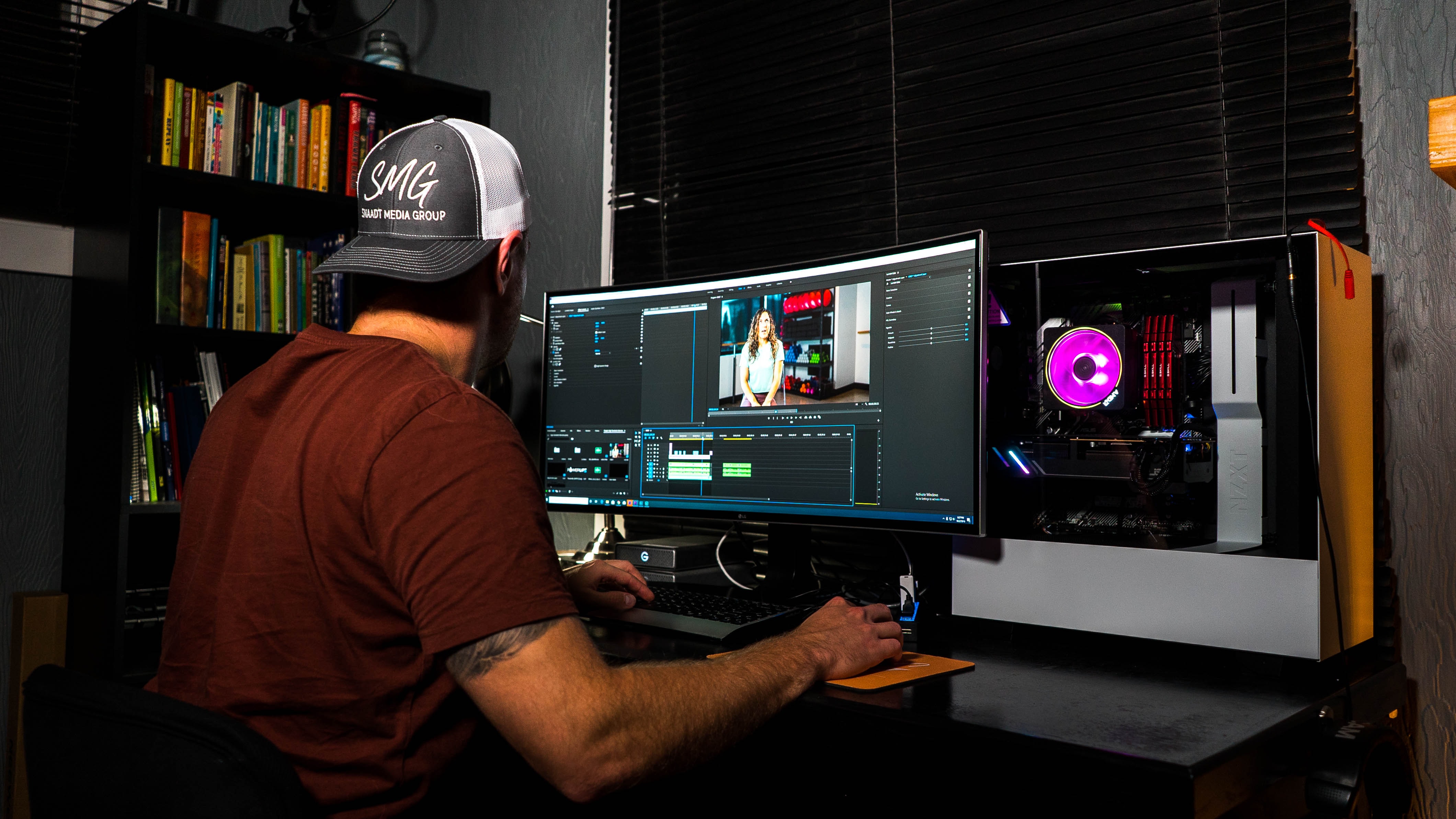
![Computer Monitor For Video Editing Best Monitors For Photo And Video Editing [2021 Guide] - DisplayNinja](https://www.displayninja.com/wp-content/uploads/2020/12/Best-Monitors-For-Photo-and-Video-Editing.jpg)



